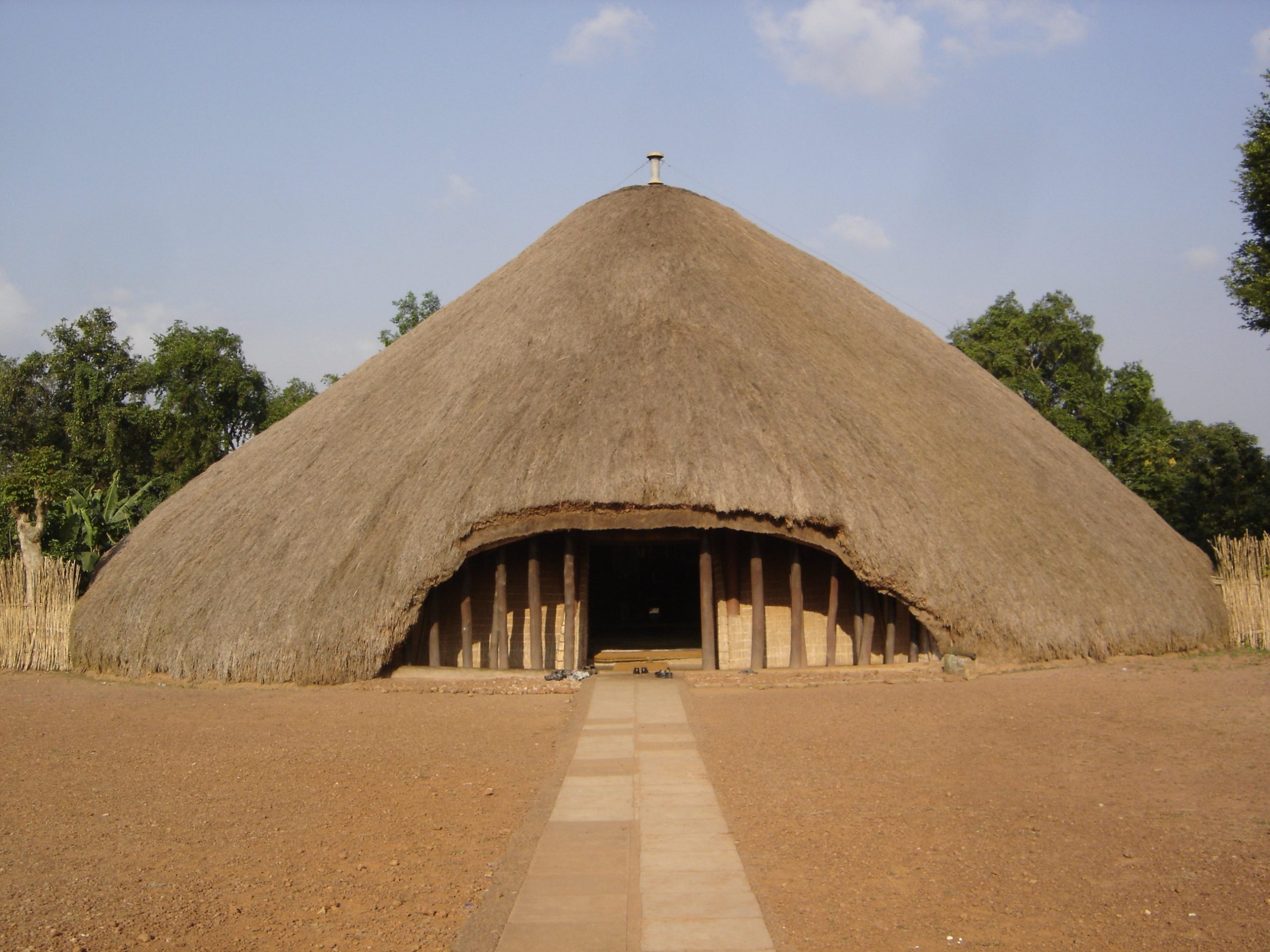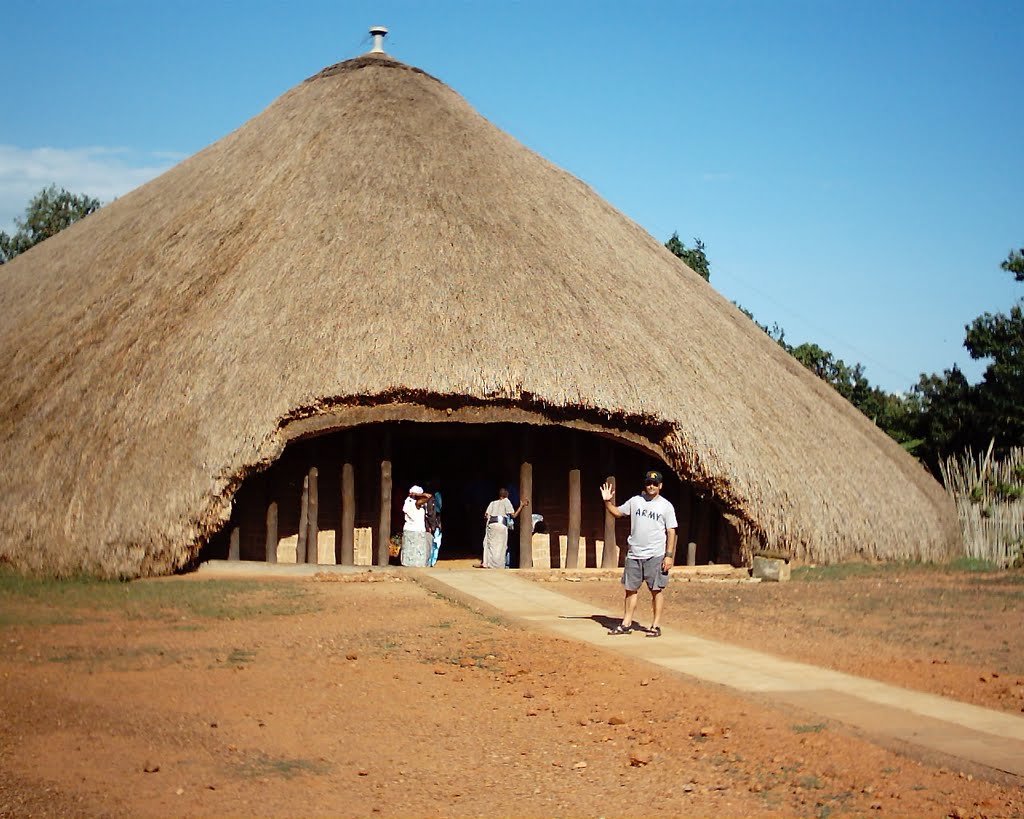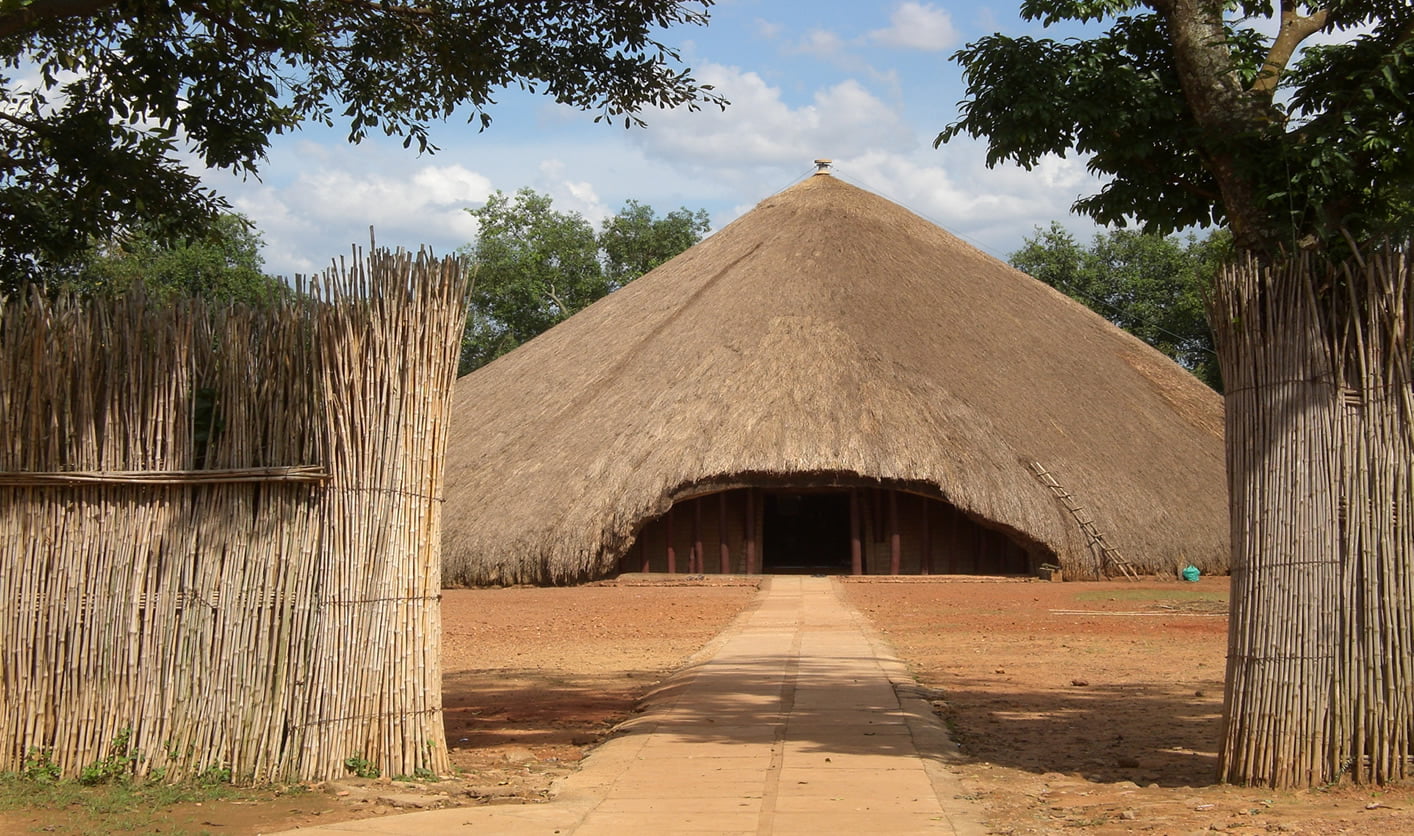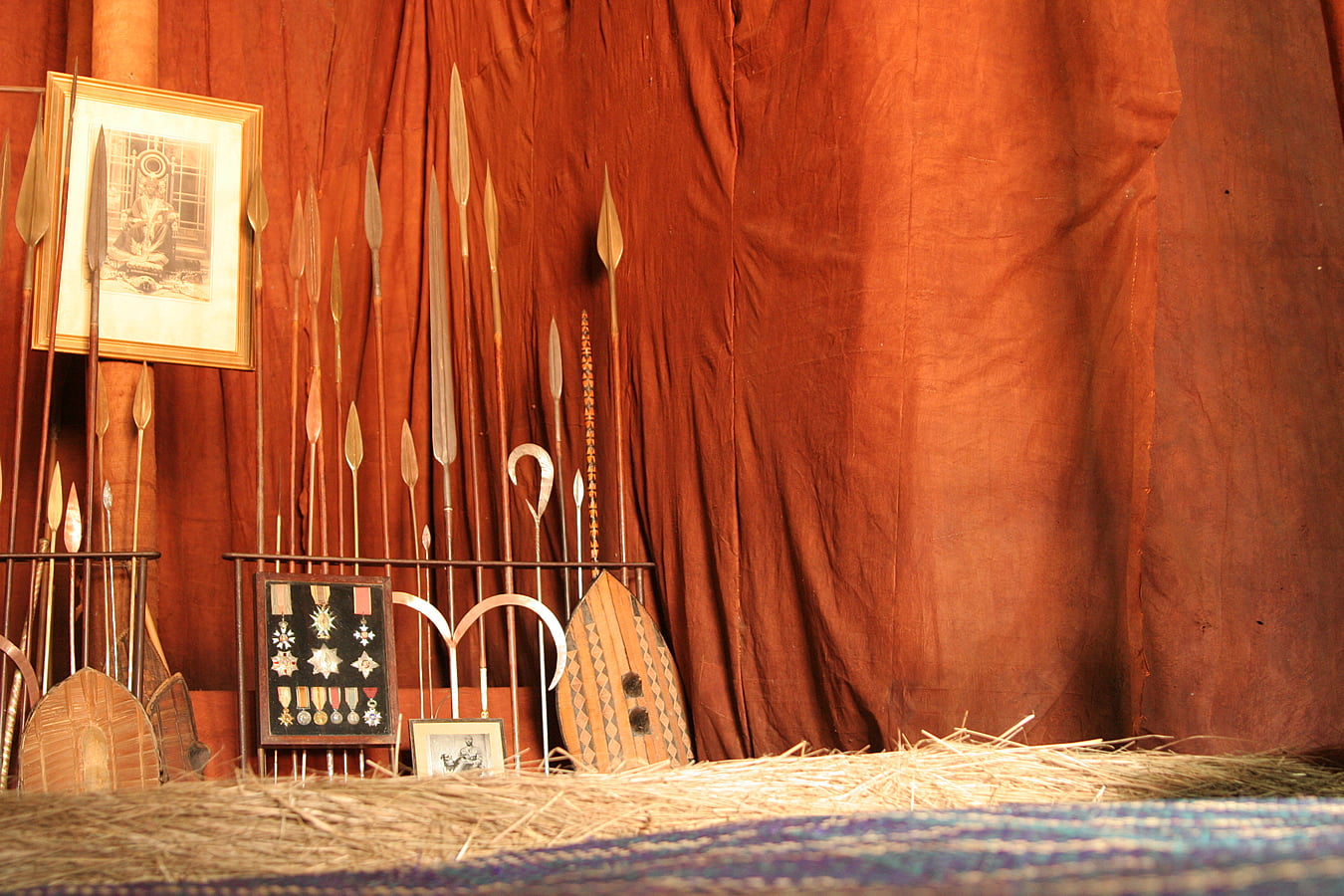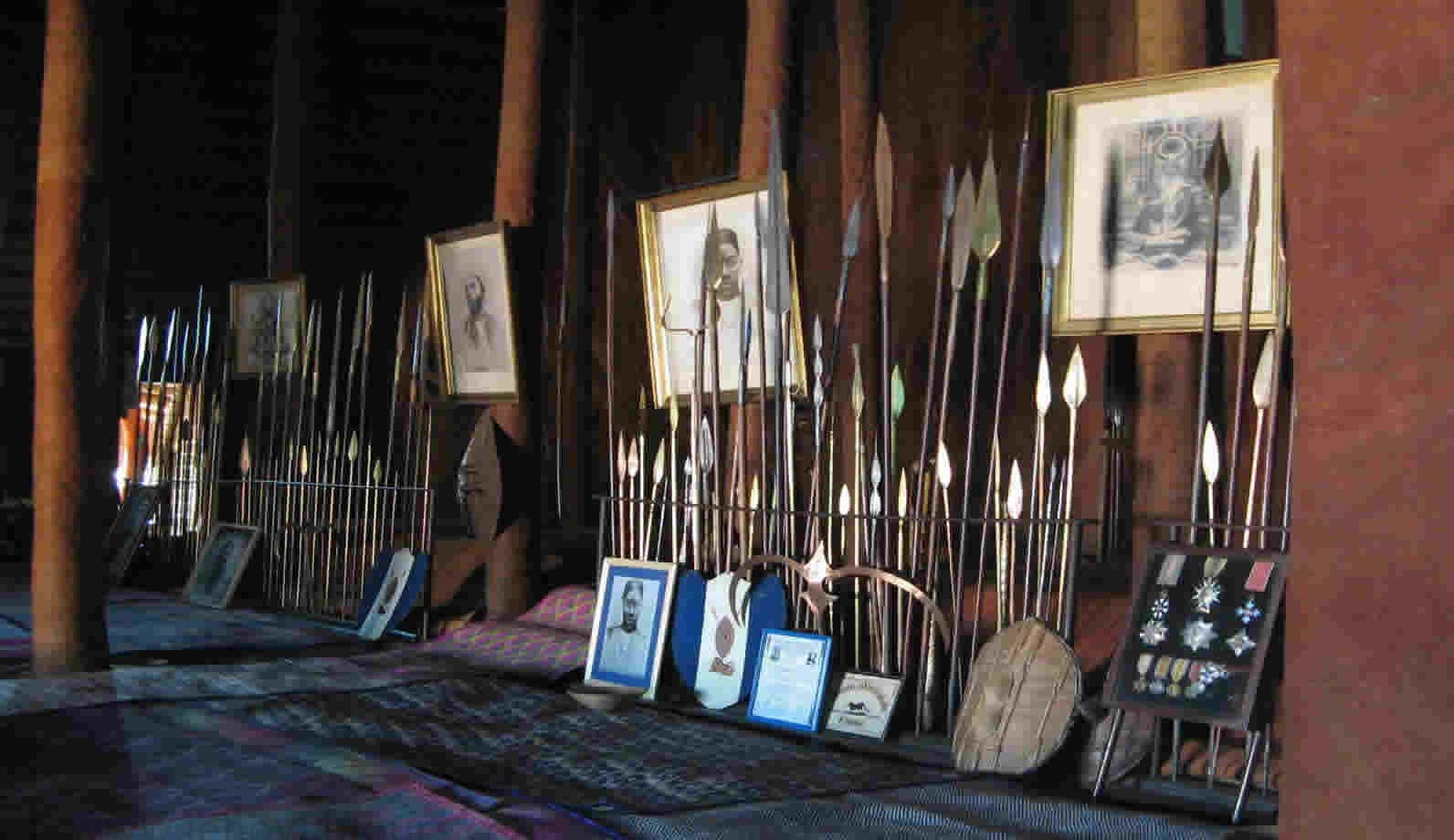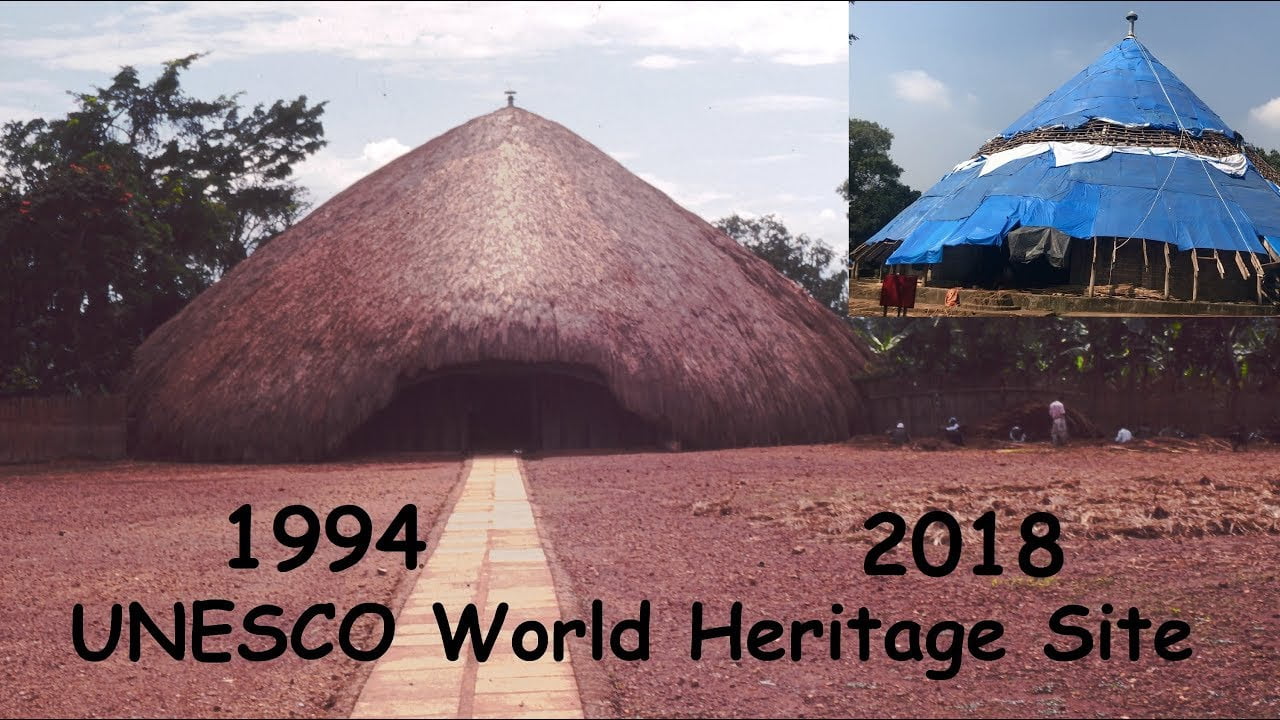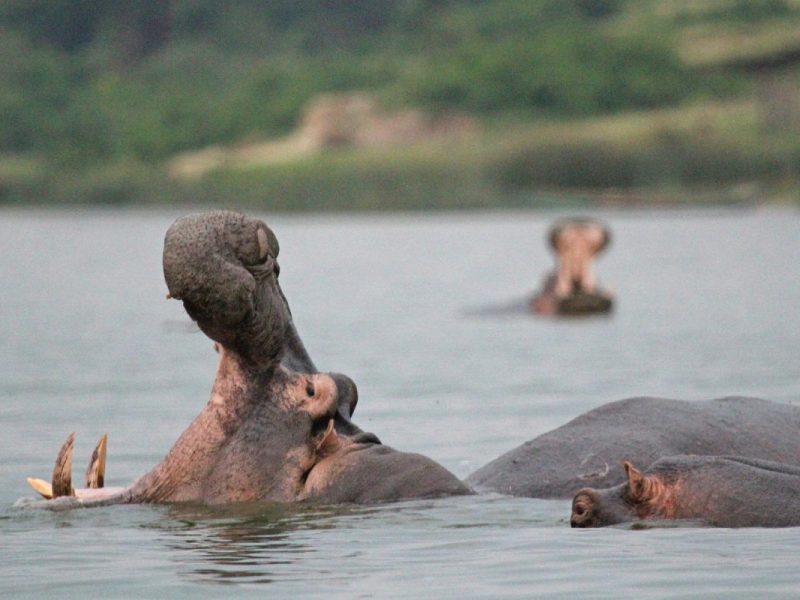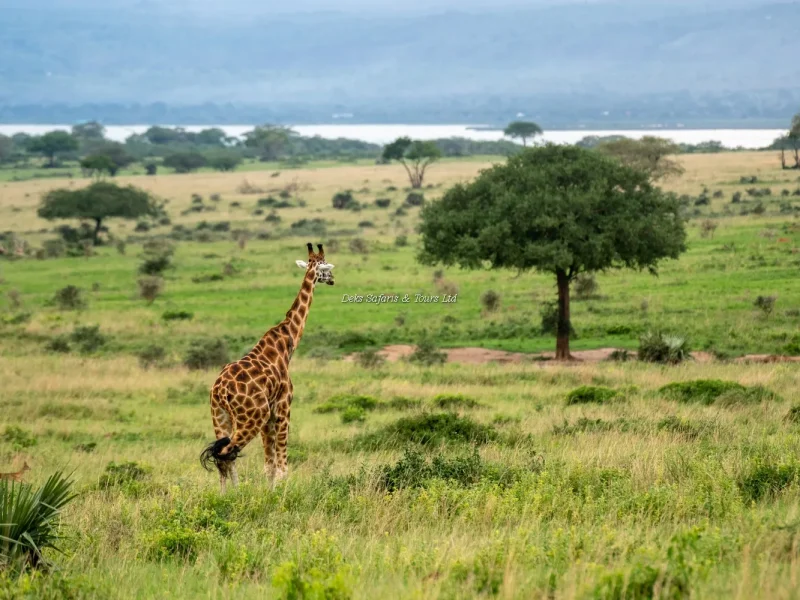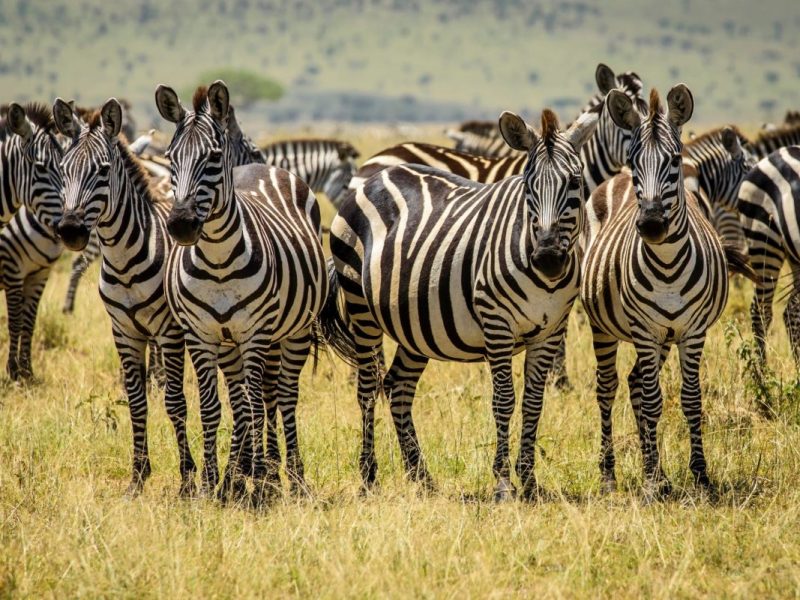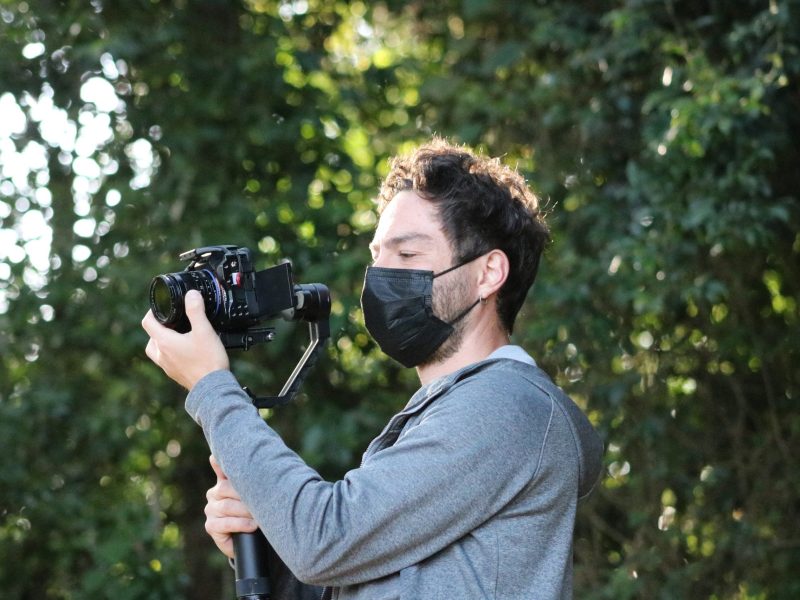Kasubi Royal Tombs In Uganda – Architecture, Reconstruction After A Recent Fire
The Kasubi Royal Tombs are located on Mount Kasubi, 5 kilometers from the center of Kampala. It is the burial place/cemetery of the last 4 Kabakas (Kings) of Buganda. All the princes and princesses who are their direct descendants are buried at the back of the main hall. The Kasubi Royal Tombs was built in the 13th century and is just one of 31 royal tombs located throughout the Kingdom of Buganda. Other smaller burials have been found in Kyaggwe, Singo, Busiro, and others. The Kasubi Royal Tombs are an important historical, cultural and spiritual center not only for the Baganda people but also for the whole of Africa. It is one of the largest heritage sites in Uganda. Because of their cultural and national value, these Tombs in Uganda became a legally protected site in 1972, although they are still registered as property of the Kingdom of Buganda. The Kasubi Royal Tombs became a UNESCO World Heritage Site in 2001 and is one of the most visited sites by tourists traveling to Uganda.
Its main tomb (Muzibu-Azaala-Mpanga) is an awe-inspiring local structure, the largest grass-thatched structure on earth. The main tomb building is made of bamboo, wood, and thatched roofs. Its construction is very unique and carefully designed to stand out from similar constructions. The main thatched hut was originally the palace of Kabaka Mutesa 1 (the 35th king), which was later converted into a Tomb after his death in 1884. The three kings after him chose to ignore the tradition of burying them in their homes. his palaces and was buried in the Kasubi Royal Tombs. The tomb is divided into 3 main parts. The first part is the main structural area (west side) of the Tomb of the Four Kings. In the second part, behind the main building, there are several smaller buildings and a cemetery. A third is open farmland.
Visitors to the Kasubi Royal Tombs
Visitors to the Kasubi Royal Tombs are greeted by a wooden door (Bujjabukula) with a thatched roof and woven reeds. The traditional guard is located at the entrance opposite the Olugya (courtyard) (the circular house where traditional drums are placed) near Ndoga-Obukaba. As they approach the main courtyard, they see small houses built for the king’s wife, other members of the royal family, the spiritual guardian (Nalinya), and her lieutenants. At the time of writing, Beatrice Namika was our guardian but was recently dismissed by the Kabaka after a fire engulfed the tomb. The main building/burial walls are decorated with bark cloth and several cushions for visitors to sit on. The pictures of all the kings and stuffed leopard skins can also be viewed by visitors to the building.
Leopards are Mutesa 1’s pets.
After Mutesa’s death, the leopard went wild and killed several people. It was eventually killed and its skin was filled with the material to keep the form alive. Other notable things are the rings of spears that hold the roof together, each spear representing the 52 clans of Buganda. Each clan is responsible for a specific task in the tomb. The Ngeye (colobus monkey) clan is responsible for maintaining the thatched roof of the tomb. As representatives of the clan age, they passed their skills on to the young men who were tasked with maintaining the tombs.
Not everyone has access to some key parts of the tomb. The Kibira (Sacred Forest) is the sacred area of the main building where the king’s spirit is believed to reside. This place is only available to the King’s widow Katikkiro and some members of the royal family. Even the ruling Kabaka cannot go there. Four rooms were built near Gibil, where the four wives of the dead king lived. Every deceased Kabak has a living wife. Their job is to take care of the dead king. The wife was chosen from the clan of the dead queen.
History Of The Kings Buried In The Baganda And Kasubi Royal Tombs
To understand the cultural significance of the Kasubi Royal Tombs, we need to understand the history of the Baganda people and their kings. Before the arrival of foreign settlers, the Kingdom of Buganda was one of the most powerful kingdoms in Africa. The kingdom has a rich history and civilization that dates back to the early 13th century. The Baganda people belong to the Bantu ethnic group, which has spread to southern Africa. Legend has it that the first king of Buganda was Kintu. He has a wife, Nambi, who was given to him after he impressed her father, Ggul (sky god), with his great deeds. Kintu did not die but disappeared into the Magong forest.
After Kintu, several kings ruled Buganda. Unfortunately, the information (dates) about their reign is unclear. The recorded data is correct only during the reign of Kabaka II (1836 – 1856). Buganda kings preferred to build palaces on the most important hilltops throughout the kingdom. This helps them get a clear picture of their rule, spot enemies approaching, and quell any internal rebellion. When they died, the tradition was to bury the king’s body in one shrine and the jawbones in another. People still believe that the jawbone contains their spirit.
Like most African tribes, the Baganda believe that when someone dies, their spirit lives on. The deceased Kabaka communicates with his successor through psychic mediums. When his king or a member of his family dies, a successor is chosen immediately after the funeral. Several rituals were performed to appease the spirit of the deceased king, including animal sacrifices and the exchange of gifts (including money).
There are four kings in Kasubi’s tomb:
Mutes I (1835-1884).
Muteesa 1 was born around 1835 and became king in 1856. He was the 35th Kabaka of Buganda and the first to be buried at Kasubi Royal Tombs. He built his palace on the site of Kasubi’s tomb. Mutesa was a very powerful King of Mutesa who had more wives than any of his predecessors. Believing the brothers to be a threat to his power, he imprisoned them in a large trench. Many of them died in the trenches and he was not challenged. The reign of Muteesa 1 occurred at a time when foreigners began to arrive in East Africa in large numbers. Therefore, he became the first king to be influenced by a foreign culture.
He became a Muslim after coming in contact with Arabs who came from as far as the coast of East Africa in search of ivory and slaves. Mutesa 1 was also of great interest to Europeans. In 1862 he hosted John Speck (the first white tourist in Buganda) and in 1875 Henry Morton Stanley. This was during the scramble for Africa. Mutesa allows his Christian and Muslim friends to convert his royal staff but ensures that they never threaten his authority. Mutesa 1 died in 1884 and was buried in Kasubi Royal Tombs. Before her death, Mutesa told her subjects not to remove the jawbone for separate burial. He was thus the first king to depart from the old traditions.
Basamula Mwanga II (1867-1903):
After Mutesa died in 1884, his son Mwanga succeeded him. He was the last king to rule a truly independent Buganda. As foreign influence rapidly increased, Mwanga became the Kabaka. He saw Christianity and other foreign religions as a threat to his rule, and during his father’s regime in 1886, he killed many converted Muslims and Christians. After this massacre, his Christian and Muslim leaders became alarmed and joined forces to drive him out. Mwanga was forced into exile where he joined forces with King Buñolo (Cabalega) to resist the British colonialists and reclaim the throne. His attempts were unsuccessful and they were defeated and exiled to Seychelles. Mwanga died on the island in 1903.
By then he had become a Christian and was called Daniel. His remains were returned in 1910 and buried in Kasubi Royal Tombs. His burial again broke with old tradition and made it an important burial place for future kings.
Kabaka Daudi Chwa II (1896–1939):
When Mwanga died in 1897, he was succeeded by his one-year-old son Daudi Chwa. Until the age of 18, Chwa was assisted by Christian regents. His reign was short and not as powerful as the kings before him. When Daudi Chwa died in 1939, he was also buried in the Kasubi Royal Tombs, enhancing the Tombs’ cultural and spiritual reputation and importance.
Fredrick Walugembe Muteesa II (1924–1969):
Election of David Chwa 1924–1969 year. King and Sir Andrew Cohen do not clash over changes to the Buganda Pact. After disagreements with representatives of the colonial government, the king was exiled to England. After returning from exile in 1955, the King became President of Uganda (Constitution) on Independence Day. Tensions between Mutes and the more powerful Prime Minister Milton Obote have escalated. In 1966, on the orders of Milton Obote, government forces led by Idi Amin attacked his palace. The king escaped and fled to England, where he remained in exile until he died in London in 1969. In 1971, his body was brought and buried in Kasubi Royal Tombs.
Visit the Kasubi Royal Tombs
Kasubi Royal Tombs is one of the most popular tourist attractions in the city of Kampala. If there is no traffic, it takes about 15 minutes from Kampala city center to Kasubi Cemetery. To reach the Kasubi Royal Tombs, follow the main entrance of Makerere University and follow the road to Nakulabye. After the Nakulabye bypass, enter Hoima Road and drive for about one kilometer. Turn left and climb Kasubi Hill. When you reach the mountain spur of Massiro Road, you will see a gate/entrance to the catacombs. After checking the royal guide and filling in the details, the visitor is issued a ticket. Entrance to the Kasubi Royal Tombs is approximately US$5 or 10,000 Ugandan Shillings. The fee is for funeral maintenance and on-site labor. You will also be assigned a tour guide after paying the entrance fee.
Facts About the Kasubi Royal Tombs
- Kasubi Royal Tombs is the only UNESCO World Heritage Site in the city of Kampala.
- In addition to royal funerals, there are also some traditional ceremonies throughout the year. One of the rituals is welcoming the new moon. Some of the more spiritual rituals, such as counseling, are done in secret (away from visitors). The shrine is frequented by traditional medicine women and men from all over Buganda who come to receive the king’s spiritual blessing for their work. The current Kabaka of Buganda rarely goes to the cemetery unless he has traveled abroad and needs the blessing of his dead ancestors.
- The tomb was renovated by Kabaka Mutesa II in 1938, using some modern materials such as steel, concrete, and brick construction, but ensuring that traditional materials still prevail.
- Kasubi Royal Tombs is also a place of interest in the traditional bark cloth of the Ngo clan and the straw technique of the Ngeye clan.
Kasubi Royal Tombs Problems, Conservation, And Recent Fires
As mentioned, Kasubi Royal Tombs is underfunded, but that may all have something to do with how it is managed. The Buganda Kingdom wants to maintain full control over the tomb and its contents. Inside Buganda, there is a battle over who will control the Tombs. Traditionalists want the old rituals carried over, while more progressive royals want to do things differently. For organizations and governments to provide more funding to the site, they need accountability and close monitoring of administrative activities.
Keeping Kasubi Royal Tombs in good condition requires good management, monitoring, and constant replacement of rotting grass. Fortunately, there are still skilled local craftsmen, and so is the grass. However, replacing the hall and paying for merchants and other employees working in the cemetery requires significant financial resources. Materials used in Tombs are always vulnerable to fire. As of this writing, we are now reporting that in March 2010, a devastating fire engulfed the Tombs, destroying the main tomb and the small hut surrounding it.
The royal coat of arms and other symbolic features in the main tombs were destroyed. However, some buildings, such as the Royal Drum, were not destroyed. The cause of the fire is still unknown. A committee appointed to investigate the cause of the fire completed its work, but the report was never published. This leaves a lot of speculation and accusations. Some suspect it was arson, lightning, or simple personal oversight. As a result of this unfortunate event, Kasubi Royal Tombs was listed as a World Heritage Site in Danger in 2010.
Although the Ugandan government has invested more than 2 billion Ugandan shillings, the restoration of the tombs has been slow. The slow progress was associated with the many rites and rituals that had to be followed. The Japanese government provided additional funding for the restoration of the Tombs in 2014 while ensuring state-of-the-art security techniques. Japan has dispatched a team of cultural relics restoration experts to work closely with residents to ensure the tomb is restored.


